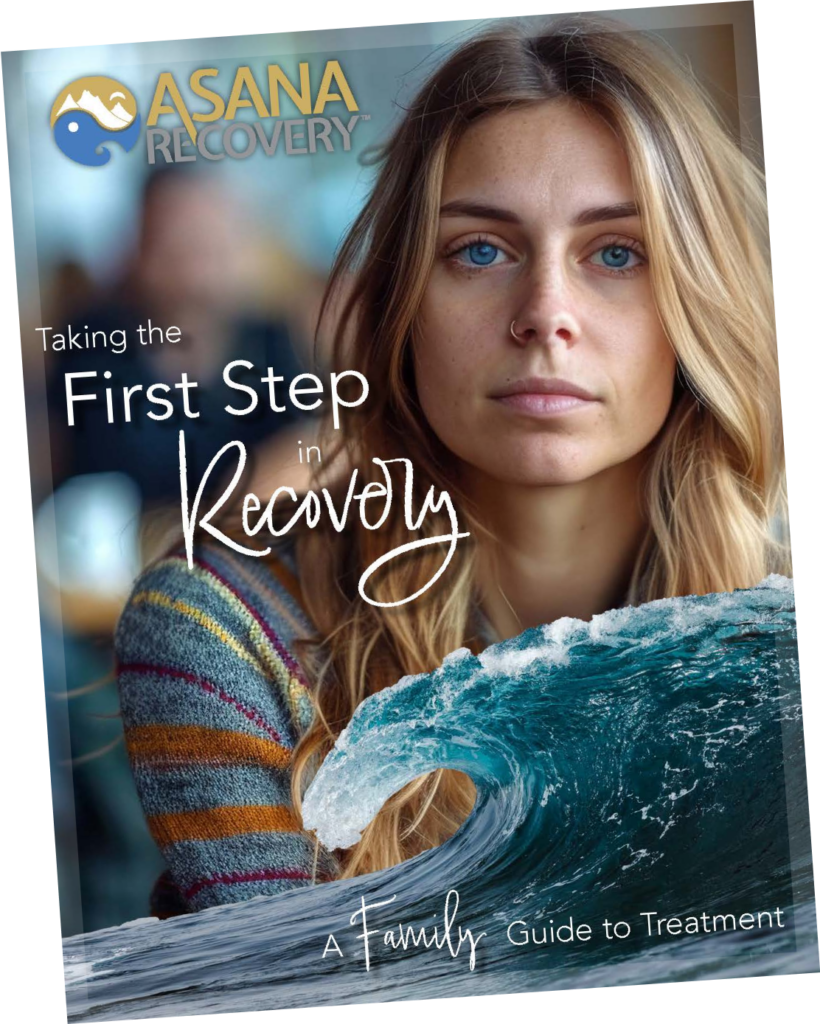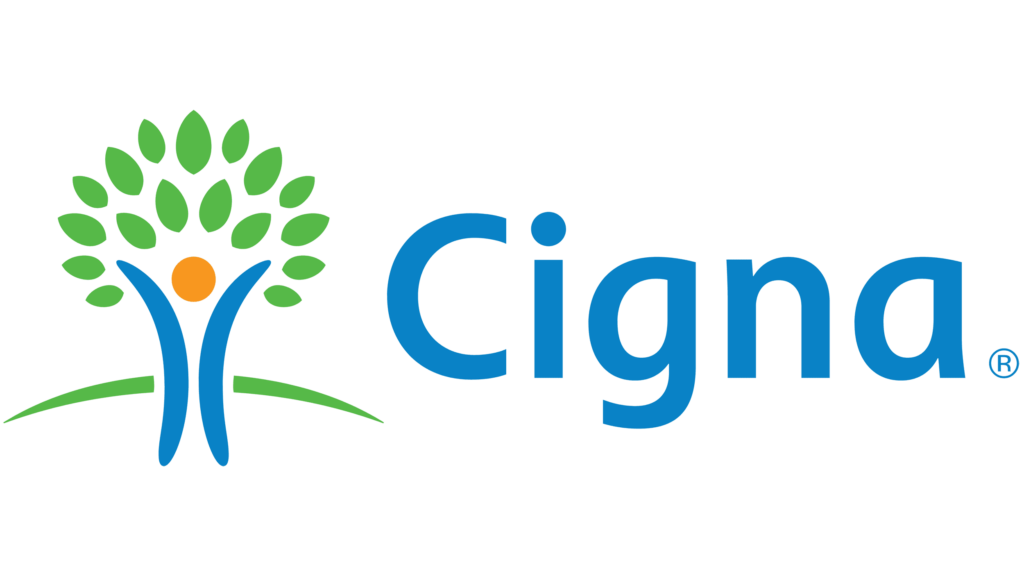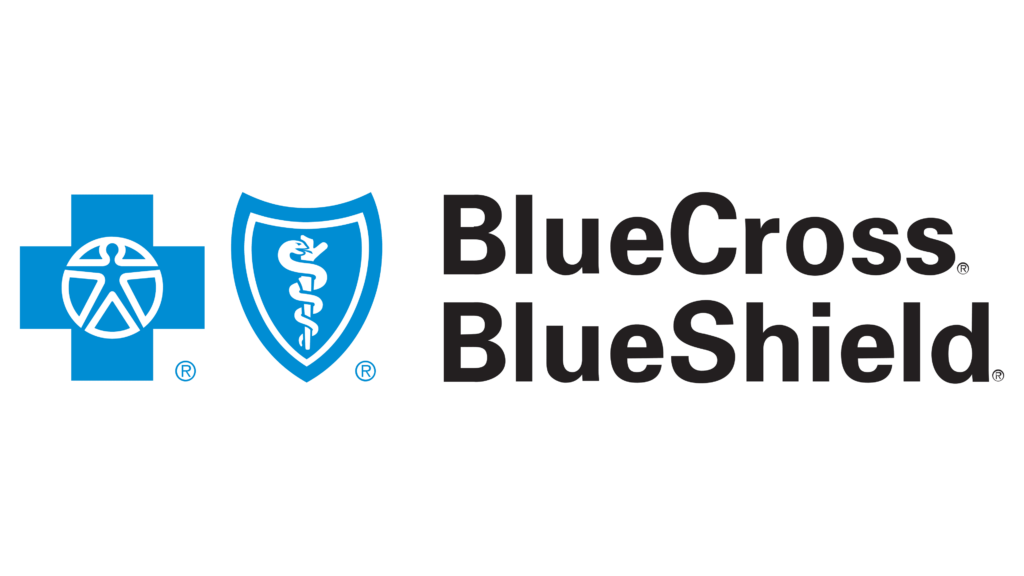Effective Communication Strategies
One of the biggest hurdles couples face during rehab and recovery is communication. When stress and emotions are running high, clear and open communication might be difficult, but it is a necessity for both your support system and your spouse’s recovery. It’s about really listening to each other, expressing your needs, and working together. Improving communication with a spouse in rehab means making an effort to truly understand where they are coming from. It might seem simple, but it takes a bit of practice and commitment. First, start by being present in your conversations—put away distractions and focus on what your partner is saying. Try to listen without interrupting, and validate their feelings. Even if you don’t agree with them, acknowledging their emotions can make a big difference.
Another helpful strategy is to use “I” statements, focusing on how you feel rather than making accusations. For example, instead of saying, “You never listen to me,” try “I feel unheard when we don’t have a chance to talk.” This can help avoid defensiveness and encourage open communication. In addition to verbal communication, pay attention to your non-verbal cues, too. Make eye contact, use a calm tone, and maintain an open posture. These gestures can convey empathy and encouragement, creating a more supportive environment. Building these communication skills might take time and effort but is an important aspect for any recovery. If you want to learn more about this, we also provide
Couples Treatment that focuses on these skills.
Setting Realistic Expectations
Going into rehab with a clear understanding of the process can significantly reduce stress and anxiety for both you and your spouse. It’s important to remember that rehab is a journey with ups and downs, and setting achievable goals is essential. The rehab process and timeline are different for everyone. It’s not a quick fix. It includes several phases, from detox to therapy to aftercare. Each phase is important for laying the foundations of lasting recovery. You might need to go through different types of treatment, such as
Medically-Assisted Detox, and even
Residential Treatment followed by
Intensive Outpatient Program. It’s a step-by-step process and there’s no rushing it. It is important to set realistic expectations for recovery. This means understanding that there might be setbacks along the way. Recovery isn’t a straight line; it has twists and turns. Having setbacks does not equate to failure. It’s important to be patient and keep going forward by learning from each challenge.
When setting goals, think about small, measurable steps rather than huge leaps. For example, instead of aiming for “never drinking again,” which can seem overwhelming, you might focus on “attending all support group meetings this week” or “actively participate in therapy sessions.” Celebrate small wins to motivate your spouse to maintain their recovery. It is vital to be honest and open about your expectations and limitations. The most important thing is to be supportive and encouraging throughout this journey. If you’re unsure about the rehab process and what to expect, we’re here to guide you. Feel free to explore the different programs we provide on our website.
Supporting Your Spouse Emotionally
Going through rehab can be a vulnerable and emotional time. As a partner, your emotional support is crucial. It’s about providing a safe space where your spouse feels understood, loved, and supported. One of the first steps is to show empathy by putting yourself in your spouse’s shoes. Try to understand the feelings and challenges they face every day. A simple statement like, “I understand this must be really hard for you,” can go a long way. It can make your spouse feel validated and heard. Another way to offer support is by being present. This doesn’t always mean being physically present—it means being fully engaged when you are together. Listen to what they have to say without judgment, and show that you’re there to listen, comfort, and encourage.
Recognizing signs of emotional distress is also important. If your spouse is withdrawing, becoming more irritable, or expressing feelings of hopelessness, reach out to their therapist or counselors. You may also want to seek help for yourself during this time. Remember, taking care of yourself allows you to be more supportive of your loved ones. If you need help in managing and understanding these emotions, consider our
Mental Health Outpatient Treatment. This can benefit both you and your spouse by giving you the tools to manage your emotions during this time.
Managing Stress and Self-Care
As a partner of someone in rehab, it’s essential to remember that you’re not just a support system—you’re also a person with your own needs. The process can be incredibly stressful and it is important to prioritize your self-care. Ignoring your own well-being can not only lead to burnout but can also limit your ability to be there for your spouse. Self-care is not about being selfish; it’s about keeping yourself physically and emotionally healthy so you can be a better partner and support system. This might include things like getting enough sleep, eating well, and exercising regularly. It also means taking time to do things you enjoy, whether it’s reading a book, going for a walk, or spending time with friends.
Stress management techniques are also important for maintaining your well-being. There are many techniques such as deep breathing, meditation, or yoga, can help you manage stress and anxiety. Finding ways to relax and unwind is key to being able to cope with the difficulties that can arise. Remember that support from a
Mental Health Outpatient Treatment facility is essential for managing stress. You deserve to feel supported, too. Taking care of yourself is not a luxury; it’s a necessity. You can’t pour from an empty cup, so make sure you’re filling yours.
Utilizing Asana Recovery’s Services
At Asana Recovery, we understand that every individual and couple is different, which is why we offer a wide range of evidence-based treatment programs. We are committed to provide high quality care that’s personalized to fit your unique needs. Our programs aren’t just for the person struggling with addiction; they also provide the support that a person needs to better support a loved one. One of our core services is our
Intensive Outpatient Program (IOP), which is designed to provide structured support while allowing you to continue to live at home. This allows your spouse to maintain work and other obligations while still receiving the necessary support to build a path to recovery. IOP includes individual and group therapy, where you will learn coping mechanisms and ways to communicate more effectively. We also offer
Cognitive Behavioral Therapy (CBT), which is a proven method for changing negative thought patterns and behaviors associated with addiction. This type of therapy can help your spouse identify triggers and develop healthier coping strategies.
Medication-Assisted Treatment (MAT) is another vital part of our comprehensive approach.
Medication-Assisted Treatment (MAT) combines FDA-approved medications with counseling and behavioral therapies. This helps minimize withdrawal symptoms and cravings, allowing your spouse to focus on healing. We can also help families with our family focused therapies like
Couples Treatment. All our services aim to support both individuals and couples through the recovery process. If you’re looking for personalized treatment plans that understand the complexities of high-stress lifestyles, we invite you to learn more about our programs or
Contact Us to discuss the most appropriate path for you and your spouse.
Encouraging Participation in Therapy
Having your spouse actively engaged in therapy is essential for lasting recovery. It’s one thing to attend therapy sessions, but active engagement is about participating fully—sharing thoughts, feelings, and challenges openly. This approach not only benefits your spouse but also strengthens your relationship. Encouraging your spouse to engage in therapy starts with understanding their hesitation, or any fears or anxieties that they may have. Sometimes, people are nervous about sharing personal details or worried about being judged. Be patient and supportive, and let them know that therapy is a safe space. Remind them of the benefits of active participation, like getting a better handle on emotions and building coping skills. You can also try attending couples or family therapy with your spouse, as this can foster trust and create a sense of shared commitment.
When your spouse participates in therapy, they have a greater opportunity to understand their addiction and underlying issues. This understanding is the key to moving forward and developing long-term strategies for recovery. Make sure to continue to support and validate their engagement in therapy, which also motivates your spouse. When you’re supportive and encouraging, your spouse is more likely to fully commit to the healing process. Remember, it’s a collaborative effort, and your encouragement is a critical part of your spouse’s path to wellness. If you’re having a hard time getting your spouse to engage, seek advice from their therapist or a mental health professional. We are here to help you both navigate this journey.
Building a Support Network
Recovering from addiction is not an individual effort; it is a journey that thrives on community. Building a strong support network is crucial, as it’s not always enough to have just the support from your family. Having a community of people who understand what you’re going through can make a world of difference for both of you. A strong support system may include family, friends, support groups, and other people who can relate to what you’re experiencing. Think of it as a safety net—a place to turn when things get tough. It’s important to reach out to people who are supportive and positive. There are others who are going through similar experiences. It’s important to surround yourself with the right people who can encourage and lift you up. Connecting with support groups, either in person or online, can also provide a sense of community and shared understanding. It’s comforting to know that you’re not alone, and these groups offer a space to share experiences, ask for advice, and feel supported.
Maintaining a support network is just as important as creating one. This includes staying in contact with your support system, whether it’s through regular calls, meetups, or group activities. Building and maintaining your support network also allows you to share the challenges and the joys of recovery with a group of people that truly understand and are supportive of your recovery. You can also try to get involved in activities with these individuals. This can make you both feel more integrated into a community and encourage continued positive behavior. It’s also important for your spouse to continue building positive relationships with others who support their journey to recovery. Remember, you and your spouse are not alone in this. It is important to have a network for all individuals affected by addiction. Our
Outpatient Services provides a community environment that can contribute to the building of a support network.
Contacting Asana Recovery for Private Care
Taking the first step towards recovery can be daunting. At Asana Recovery, we understand that the journey of recovery is personal, and we are committed to providing private care tailored to your specific situation. If you’re considering private care for yourself or your spouse, we’re here to help. Our goal is to guide you through this process with empathy, expertise and understanding. Getting started with our services begins with reaching out to us. You can
Contact Us via phone, or fill out our contact form on our website. Our team is ready to listen to your needs, answer questions, and provide the support that you need. We understand that your financial situation might be one of your first questions, that’s why we also have an easy
Insurance Verification form on our website. This verification process helps us determine your insurance coverage and explore all your financial options for care. We aim to make the process as seamless and stress-free as possible, so you can focus on healing.
We also provide options for
Private Pay and Payment Options for those who prefer private payment. We can discuss your different options, and together we’ll find a financial solution that works for you. Remember that seeking help is a sign of strength, and we are here to guide you every step of the way. Private care ensures that you get the attention, understanding, and customized treatment that you both deserve. We’re here to support you on your path to recovery, providing the tools, resources, and encouragement needed for lasting wellness. Don’t hesitate to reach out—your journey to healing starts with a simple contact.
Conclusion
Supporting a high-stress spouse through rehab is no easy task. It requires patience, empathy, understanding, and a commitment to self-care. We have covered a lot in this post, including the impact of white-collar stress, the value of family therapy, and effective communication strategies. It also includes strategies for managing your stress and how to utilize Asana Recovery’s services and programs. Each step of the way is an opportunity for growth and positive change. It’s important to remember that setting realistic expectations and actively engaging in therapy, and the community are crucial for long-term success. Your role as a partner is vital, and while this journey may have its challenges, it can also lead to stronger bonds and a healthier future together.
We at Asana Recovery are here to encourage you to seek the help and support you both need. Remember, you’re not alone in this. There are professionals who have experience dealing with the specific issues you might be facing. Our team is committed to provide personalized plans for your family. We’re ready to provide the guidance and resources that you both need. If you’re ready to take the first step, we invite you to
Contact Us today. Don’t wait to start your path towards healing and wellness. Your journey starts today!







